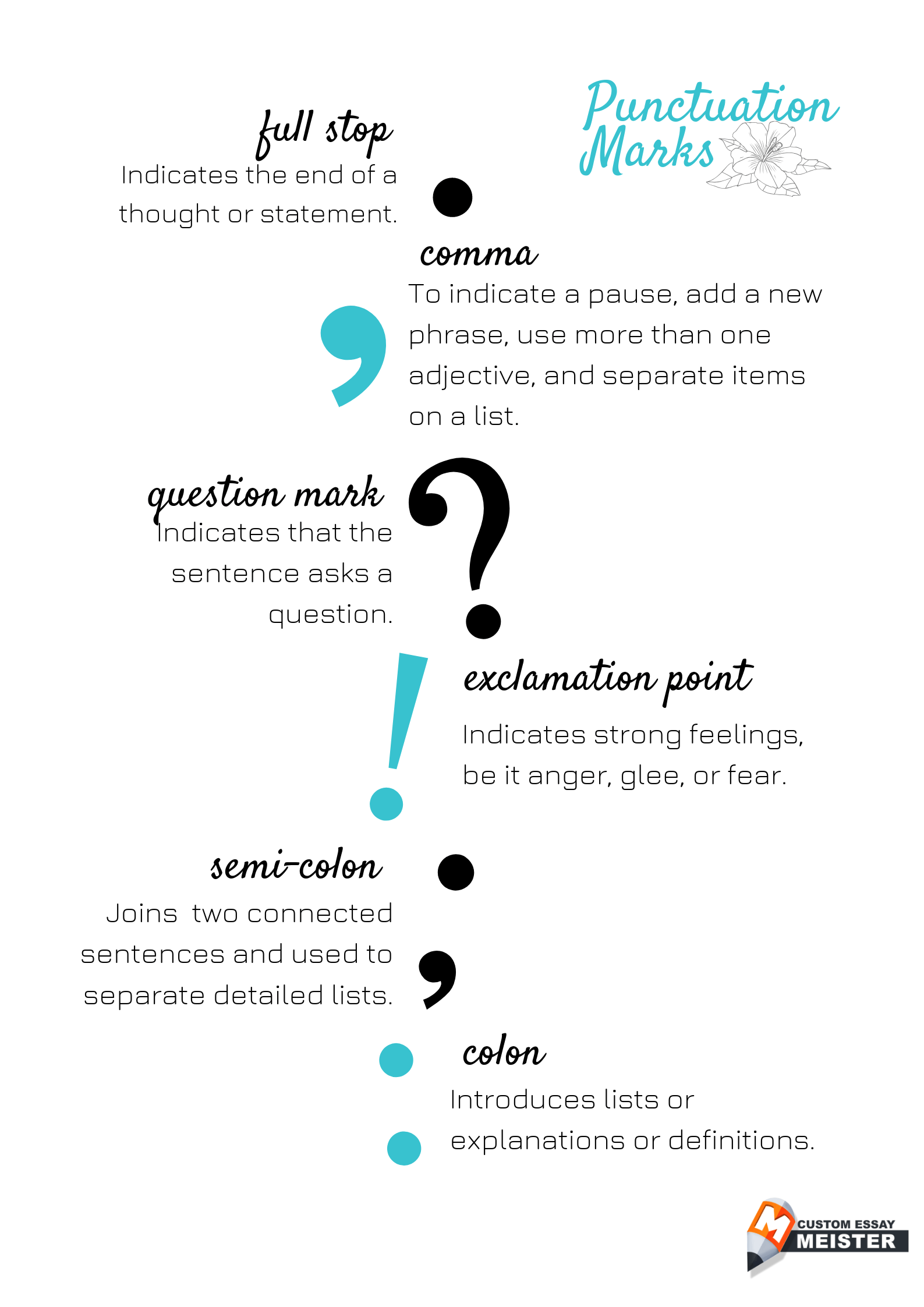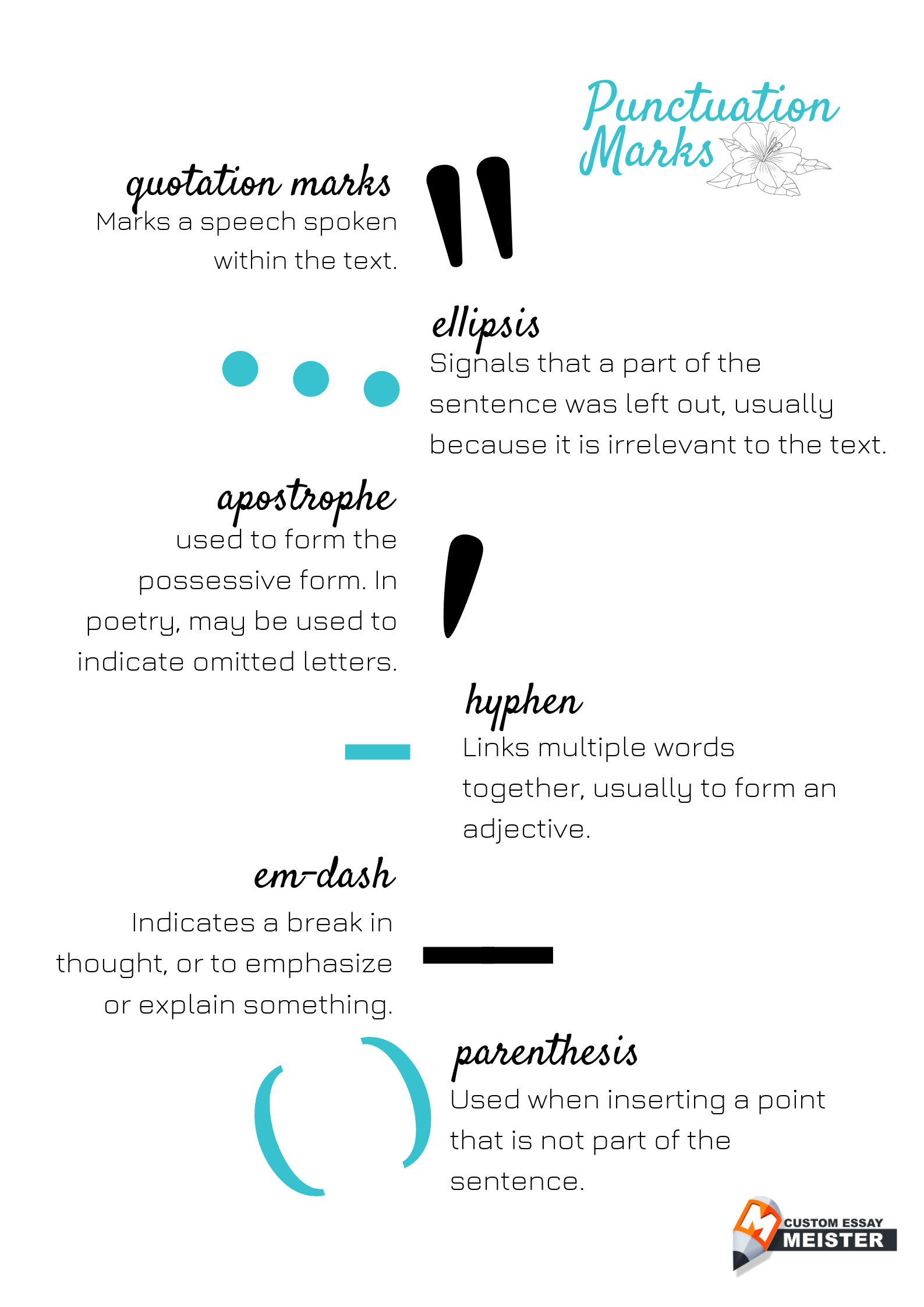Punctuation and How It Is Used In Poetry
Punctuation is an indispensable component of written language. Whether we are aware, it aids in comprehension. It signals to the reader how the sentence is to be read so that the meaning becomes apparent. For instance, a period signals that the sentence is a statement, and therefore generally read with a neutral tone or even in a falling intonation, whereas a question mark indicates a question, signaling that it should be spoken with a rising intonation. Punctuation also tells the readers the emotion, for instance through the exclamation point. Punctuation has many uses in language, both oral and written, which is why it should not be taken for granted, especially in complicated written forms like poetry.
People who are new at poetry are often confused by the role of punctuation in poetry. Some have accused others of using line breaks as punctuation and dismiss the work immediately. The thing is, poetry has been around for a long, long time, even preceding writing, and so it often experiments with the rules of language. Some poets adhere to the rules of grammar, while others, like the infamous E.E. Cummings, deliberately break them. Surely, the idea of breaking the rules is attractive; however, it is advantageous for new poets to first master the rules before thinking about playing around with or breaking them.
Punctuation rules in poetry is not just relevant for aspiring poets, but also for English majors, and even readers. Knowing the rules of punctuation is key to better understanding and analysis of poetry—and better critical analysis papers!
Punctuation marks and their uses
Full stop / Period
A full stop or a period is used at the end of the sentence. It indicates the end of a thought or statement.
Comma
Commas are used for various purposes:
- To indicate a pause
- To add a phrase or clause about the same subject
- When using more than one adjective
- To separate items on a list
Question mark
Question marks are used to indicate that the sentence asks a question.
Exclamation point
An exclamation point indicates strong feelings, be it anger, glee, or fear.
Semi-colon
- Semi-colons are used for the following:
- To join two connected sentences
- To separate more detailed lists (in combination with commas)
Colon
Colons are usually used to introduce a list, and less commonly, to introduce an explanation or definition of something.
Quotation marks
Quotation or speech marks are used simply to mark someone else’s speech.
Ellipsis
Ellipses are used to signal that a part of the sentence was left out, usually because it is irrelevant to the text.
Apostrophe
An apostrophe is used to form the possessive form, which indicates ownership. In poetry, it is also used to indicate omitted letters.
Hyphen
Hyphens are used to link words together.
Em dash
The em dash indicates a break in thought, to emphasize or explain something.
Parenthesis
A parenthesis is used to insert a point that is not part of the sentence. This is used to avoid breaking the flow of the sentence. See E.E. Cummings use parenthesis in his poetry.
Punctuation in poetry
Poetry is a form that places equal emphasis on form and meaning. Form is not just a vessel through which the reader discerns the meaning of a poem. Often, the meaning also interacts with and affects the form. To achieve this, poets use punctuation marks to manipulate meaning and perception—it affects the reader's pace, understanding, and eye movement. Punctuation is key to poets' endeavors to explore and stretch the limits of language in their works. Here is how punctuation has been used in poetry:
- Organizes thoughts and ideas
- Maintains coherence
- Signals pauses, or when and where to breathe
The placement of punctuation marks also determines the types of verses:
- End-stopped line – when punctuation appears at the end of the line
First having read the book of myths,
- Enjambment – where there is no punctuation at the end of the line; usually, the thought continues to the next line
I put on
the body-armor
of black rubber
the absurd flippers
the grave and awkward mask.
- Caesura – when a punctuation mark appears within the line
And I am here, the mermaid whose dark hair
These lines are from Adrienne Rich's "Diving into the Wreck":
Here is another example of a poem: "April 30, 1945."
Breaking the rules
Oscar Wilde once said that “a poet can survive anything but a misprint.” Poets take extra care when writing poems. Every line break, every punctuation, and word is chosen with great attention. Everything they use in their poems is nothing but creative tools or techniques, even punctuation. So, whenever a poet breaks any convention in grammar, it is always for a good reason.
Thus, for anyone thinking of breaking the rules in their poetry, it is imperative to first know the ins and outs of the grammatical rules. It is always better to know what you are breaking so that you can use it as a creative technique—a deliberate choice—rather than as a mistake.
Custom writing service for aspiring poets
If all these sound gibberish to you right now, don't worry. All these rules (and rule-breaking) takes time getting used to. If you are truly intent on becoming a poet, continue reading works of famous poets, as well as more tips from CustomEssayMeister. Remember: writing a poem takes more than talent. It requires skill and dedication to get the perfect combination of words, punctuation, and line breaks. There are things that someone with an eye for detail and an ear for rhythm can guide you with. On the other hand, if you are an aspiring poet who needs to write a poetry analysis.

